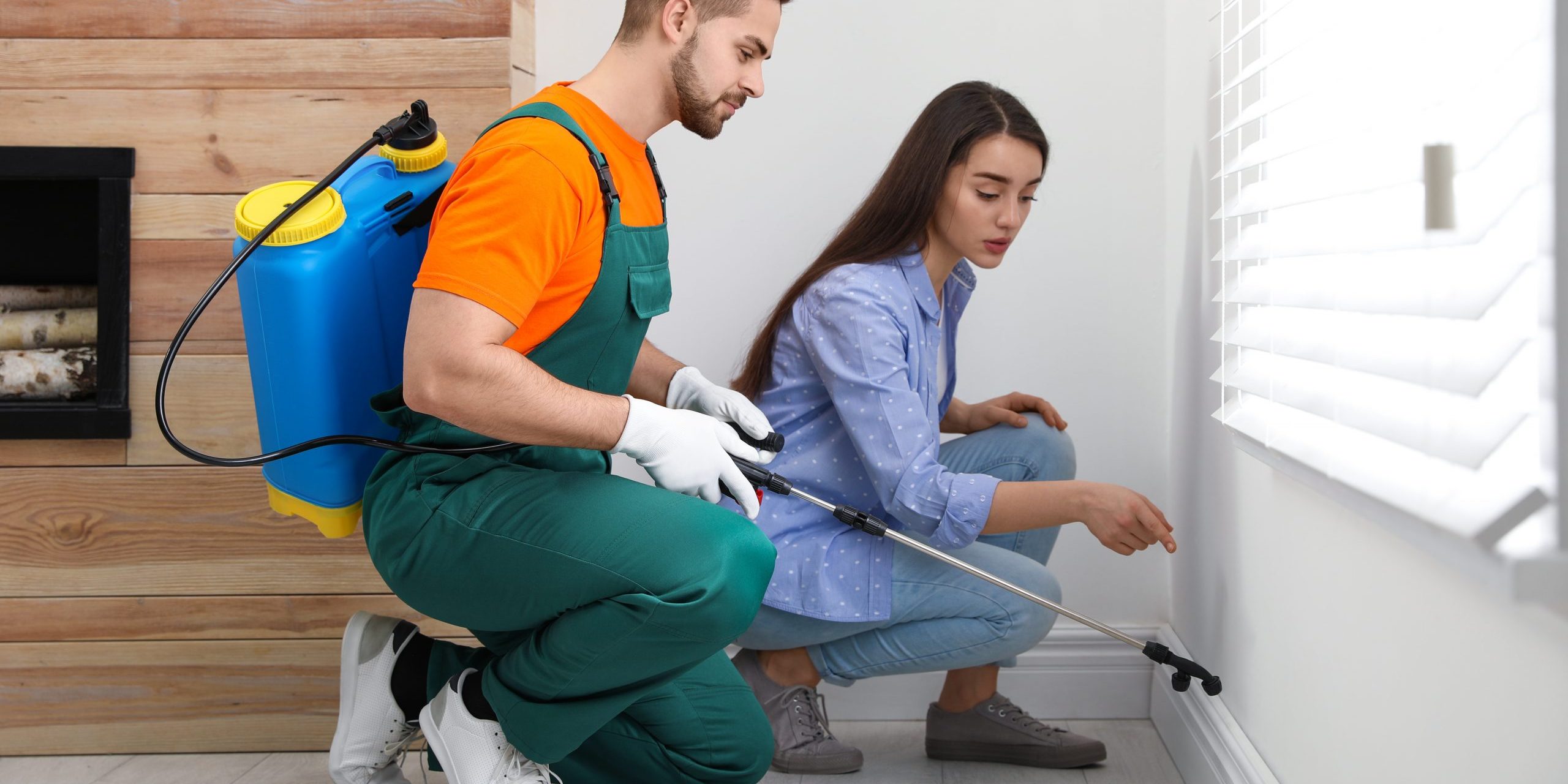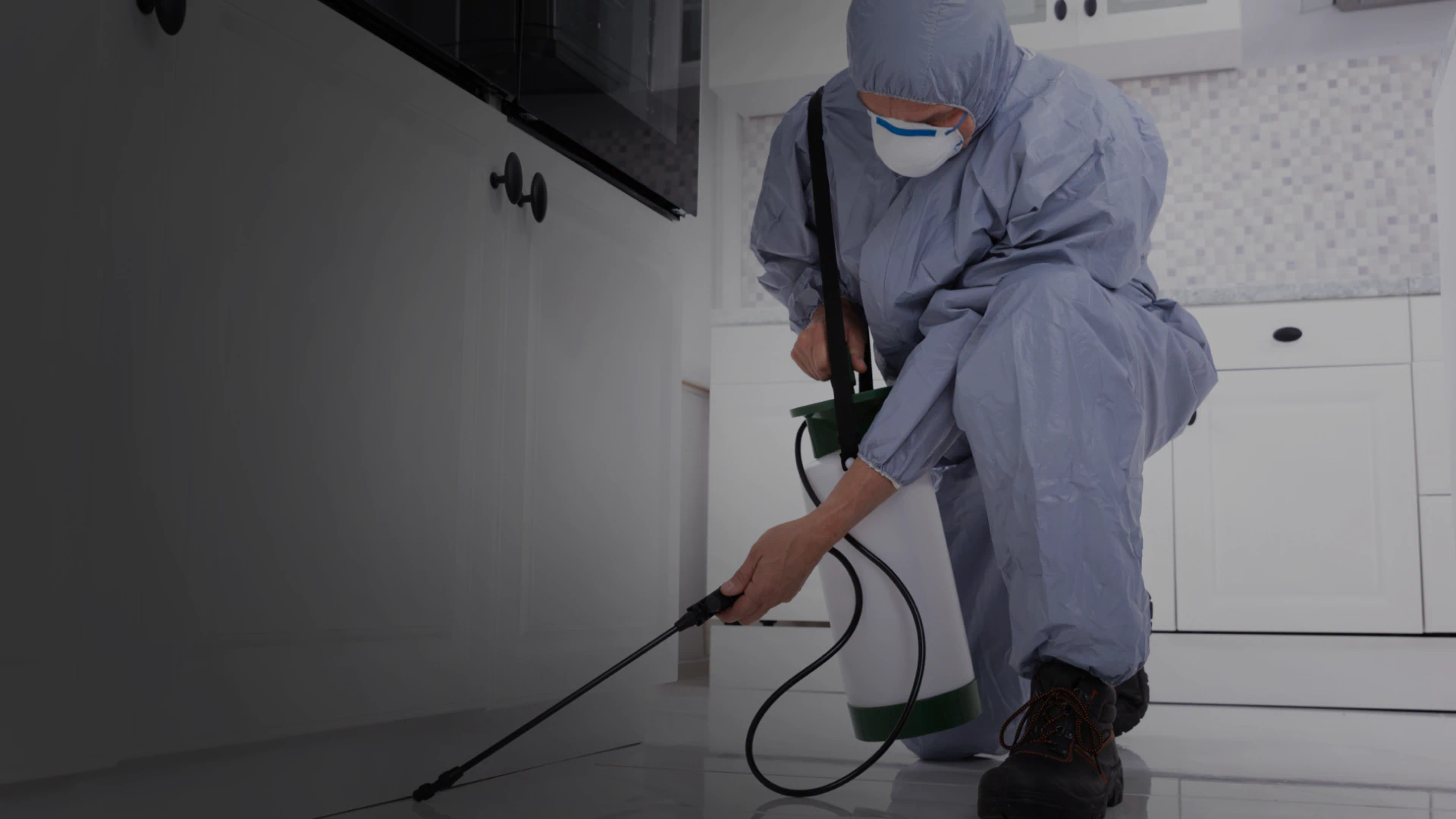Specialist Bed Bug Exterminator: Rest Easy Knowing Your Home is Bug-Free!
Wiki Article
Professional Pest Control Techniques for Long-Term Results
In the world of parasite control, accomplishing continual effectiveness and lasting results requires a careful technique that goes beyond simple extermination. Specialist bug control strategies envelop a detailed technique that begins with a comprehensive inspection and evaluation, followed by specific bug recognition to recognize their behavior patterns. The implementation of Integrated Pest Management (IPM) concepts, combined with eco-conscious therapies, forms the keystone of sustainable parasite obliteration. The true examination exists in the recurring monitoring and upkeep of the treated locations, guaranteeing a pest-free environment for the near future. By diving right into the details of these methods, a much deeper understanding of professional parasite control methods for withstanding outcomes arises.Examination and Analysis
Upon going into a property for parasite control services, the preliminary action is a thorough evaluation and assessment to determine the level of the invasion and identify one of the most effective therapy plan. Professional parasite control specialists are educated to diligently examine the properties, trying to find indications of pest activity such as droppings, gnaw marks, nests, or any architectural damage. They will likewise evaluate the conditions that might be attracting pests, such as food sources, water leakages, or entry points.
Parasite Identification and Habits

In addition, comprehending the actions of the determined parasite is essential to implementing reliable control steps. Recognizing where insects nest, what they feed on, and their task patterns can help pest control experts create approaches to eliminate them successfully.
Integrated Parasite Administration (IPM)
Integrated Insect Management (IPM) techniques combine numerous techniques to regulate and prevent pest infestations in a sustainable and environmentally pleasant manner. bed bug treatment. By incorporating methods such as organic control, habitat control, adjustment of social techniques, and making use of resistant ranges, IPM aims to reduce making use of chemical pesticidesAmong the key concepts of IPM is the focus on avoidance. This aggressive approach involves surveillance insect populations frequently to detect any kind of prospective issues before they rise. By identifying bug troubles at an early stage, pest control see here now procedures can be executed quickly and successfully.
Moreover, IPM promotes the usage of non-toxic pest control techniques whenever feasible. This can consist of utilizing all-natural killers of the insects, presenting valuable insects, or utilizing scents to interfere with breeding patterns. By minimizing dependence on chemical pesticides, IPM not just safeguards the setting however likewise helps keep an equilibrium in the ecosystem.
Environmentally-Friendly Treatments
Executing eco-conscious techniques in pest control procedures can efficiently deal with infestations while focusing on environmental sustainability. Environmentally-friendly therapies focus on lessening the influence of parasite control techniques on communities, non-target organisms, and human health. These techniques often include making use of natural killers, such as ladybugs or nematodes, to control pest populaces, reducing the requirement for chemical treatments. Furthermore, strategies like environment control, such as adjusting wetness levels or this hyperlink eliminating food sources, can assist prevent parasites without using damaging substances.Another secret facet of environmentally-friendly treatments is the use look here of natural and biodegradable items that break down promptly without leaving unsafe residues in the environment. Organic pesticides obtained from plants like chrysanthemums or neem use reliable pest control while posing very little risk to non-target types. Utilizing techniques like heat treatments or pheromone catches can target particular bugs with accuracy, minimizing the overall ecological effect of parasite control methods.
Ongoing Monitoring and Upkeep
Constant security and upkeep are necessary components of reliable insect control management. Recurring surveillance plays an important duty in making certain that pest infestations are identified very early and handled quickly. Regular assessments by qualified experts are required to recognize any indicators of parasite task, evaluate the performance of previous treatments, and make changes to the bug control plan as required. By keeping track of insect populaces gradually, bug control professionals can track patterns, prepare for prospective issues, and carry out precautionary steps to lessen the threat of future invasions.
In addition to tracking, maintenance methods are essential for long-term bug control success. This consists of applying appropriate hygiene procedures to remove prospective food and water sources for insects, sealing entrance factors to prevent parasites from entering the premises, and addressing any type of architectural issues that might assist in pest problems (bed bug dog). By incorporating recurring monitoring and maintenance into an integrated insect administration approach, organizations can ensure a pest-free setting and protect their building against costly damages and health risks
Verdict
To conclude, using expert pest control techniques such as extensive assessment and analysis, exact pest recognition and understanding of their habits, integrated bug management techniques, environmentally-friendly treatments, and continuous surveillance and upkeep are necessary for accomplishing long-term lead to pest control. By implementing these approaches, individuals can efficiently take care of pest problems and maintain a pest-free environment in a sustainable way.Report this wiki page